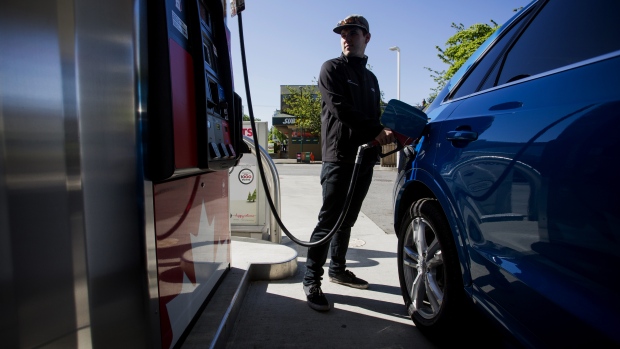Aug 17, 2018
Canadian inflation rises 3% in July, highest reading since 2011
, Bloomberg News

Canada’s inflation hit the 3 per cent mark for the first time since 2011 in July, an unexpected surge that puts pressure on the Bank of Canada to accelerate interest-rate increases.
The consumer price index recorded an annual pace of 3 per cent, quickening from 2.5 per cent a month earlier, Statistics Canada said Friday from Ottawa. Economists expected the inflation rate to remain unchanged.
While there’s evidence the acceleration was led by temporary factors, the faster-than-expected results will test Bank of Canada Governor Stephen Poloz’s efforts to be careful about raising interest rates over the next year to avoid a disruption to the economy. Price gains have now reached the upper end of the central bank’s 1 per cent to 3 per cent inflation range, and Poloz has already raised borrowing costs four times since last year to cool the economy.
The Canadian dollar jumped on the report, gaining 0.7 per cent to C$1.3070 per U.S. dollar at 8:52 a.m. in Toronto trading. Yields on Canadian government two-year bonds rose to 2.12 per cent, from 2.08 per cent Thursday.
Swaps trading suggests investors are anticipating as many as three more hikes over the next year, after which the central bank is expected to go into a long pause. Odds of a rate hike by October are fully priced in, with the odds of a move as early as the next meeting on Sept. 5 at about 30 per cent.
At 1.5 per cent, the central bank’s benchmark interest rate remains well below the 3 per cent “neutral” rate the Bank of Canada estimates as a final resting place for borrowing costs.
Transitory?
One comfort for Poloz will be the increases last month reflected largely transitory gains, with underlying inflation little changed at about the central bank’s 2 per cent target. In July, it was a surge in air transport and travel tour prices driving much of the acceleration.
Core measures of inflation -- seen by officials as a better gauge of whether or not the economy is overheating -- ticked up to an average of 2 per cent from 1.97 per cent in June. A 2 per cent core rate is consistent with an economy at full capacity -- but not one that is overheating -- and is in line with the central bank’s estimates for underlying inflation to remain near its target even as overall price gains increase temporarily.
While today’s figures will “result in increased speculation that the Bank could hike again as early as September, we continue to lean toward October for the next move,” Andrew Grantham, an economist at CIBC in Toronto, wrote in a research note.
Yet, July’s 3 per cent pace is more than the central bank has been anticipating and will test Poloz’s resolve to tolerate higher inflation. In its most recent forecasts released last month, the central bank estimated inflation would average 2.5 per cent in the third quarter -- which begins in July -- before returning back to near the 2 per cent target by 2019.
Gasoline prices -- up 0.8 per cent in July and 25.4 per cent from a year earlier -- have also been a main contributor to the recent acceleration in prices. Excluding gasoline, inflation would be 2.2 per cent in July.
There was little effect from higher tariffs on consumer prices in July. Statistics Canada released a report on the estimated impacts of Canada’s tariffs on U.S. metal and consumer products and found there would only be a small overall increase -- with no more than a decimal point increase to inflation over a limited period of time.